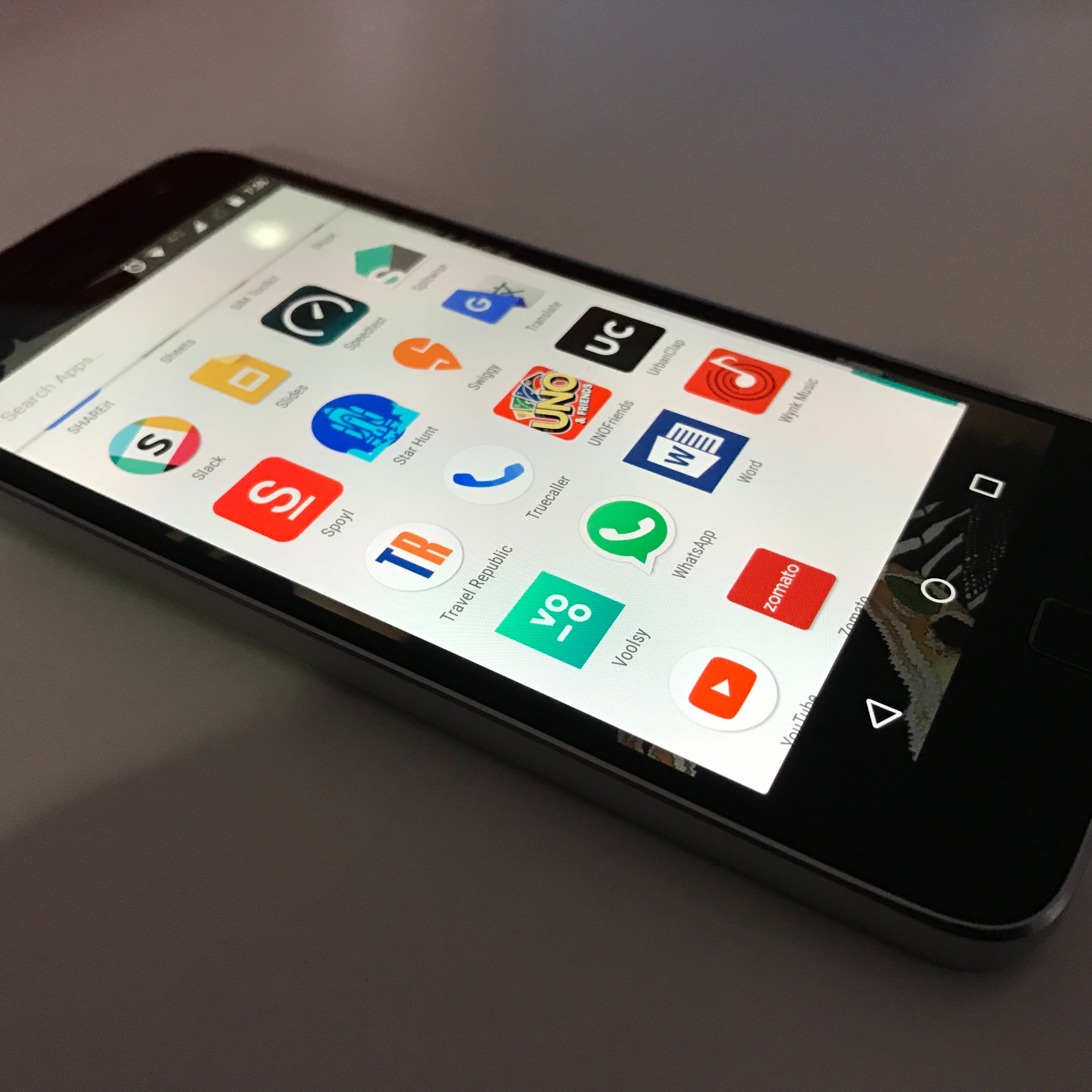More than a third of the world’s population is under decommissioning. South Africa, for example, was closed for 21 days. New Zealand imposed a 14-day quarantine on all persons in the country. The UK was completely closed on 23 March 2020. In a similarly surreal situasjon, it is important for bankers, which can include seamless banking experience for individuals and businesses. Adopting the latest trends in mobile app development is the best way to make it possible.
Augmented reality and virtual reality
AR and VR technicians are just mocking embeds for using leak app ion on mobile devices. Now you can use these techniques in other fields as well. Google Maps uses eczema AR to provide real-time control to mobile phone users. Snapchat and Instagram also use AR filters that can turn a person’s face into more digital funny characters.
What’s going on in banking?
Heather Bellini, ceo of the Global Investment Bank, could generate revenue of $80 billion by 2025 in the banking sector. Here are three ways AR and VR can take mobile banking apps to a whole new level.
New research suggests that AR and VR technology increases efficiency, whitefish safety and productivity in mobile banking applications.
According to a study published by Citi, ar/VR’s efficiency, speed and economic vision can be integrated into banking applications.
Fordyp UK produced a report which concluded that a combination of mobile banking and AR/VR technology can help drive the UK economy, especially when chips are down.
My verdict.
In such critical situations, the mobile banking app should be treated as an office that fits easily into your pockets. AR/VR loves other apps in practice to such an extent that people don’t rush to the office for business.
IoT (Internet of Things)
IoT is just a network of physical objects embedded in interconnected electronics, sensors and software. Major brands such as Samsung, Bosch and Xiaomi already have a large part of this technology. The global IoT market is expected to generate $1.335 billion by 2020 alone. Some of the most popular IoT app trends are Kisi Smart Lock, Google Home, etc.
The banking sector is generally known as conservative, slow and open to red tape. That’s exactly what we don’t need right now. IoT not only improves the speed of mobile banking, but also in many ways. Look at them.
Smart ATMs have been the most popular IoT devices, eliminating the expectation of standing in long queues at a brick-and-mortar bank. Now this solves two major problems.
[One, you can avoid being part of social gatherings like banks. Secondly, the need for employees in traditional industries is decreasing, bank costs are falling]
IoT has the power to simplify the operating models of banking applications. JPMorgan Chase consists of 51.8 million active digital customers and 36.5 mobile banking customers. The latter represents an increase of 7% on the previous year. With IoT, you can create a digital account within up to five mints in a goo.
24*7 working chatbots other wonders IoT. Some chatbots use machine learning and natural language processing to give customers a personal touch over time. IoT uses data processing algorithms to create wealth management insights for specific individuals. This increases the speed and accuracy of the accumulated financial information. This means that IoT allows compatible banking services to alert their users as soon as their financial stability is threatened.
